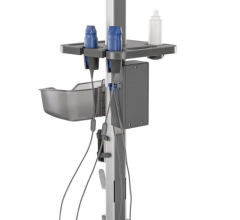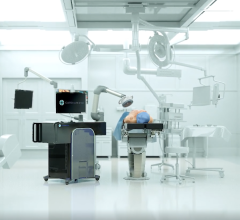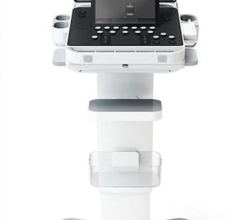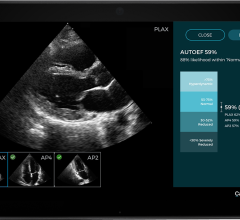News | January 28, 2014
Experts Release Guideline on Multi-Modality Imaging Approach for Tetralogy of Fallot
January 28, 2014 — Experts from the American Society of Echocardiography (ASE), in collaboration with the Society for Cardiovascular Magnetic Resonance (SCMR) and the Society for Pediatric Radiology (SPR), released a guideline, Multimodality Imaging Guidelines for Patients With Repaired Tetralogy of Fallot: A Report from the American Society of Echocardiography Writing Group, to help optimize lifetime management of patients with repaired tetralogy of Fallot (TOF). These experts reviewed and analyzed a wide variety of scientific evidence, resulting in recommendations for optimal multimodality imaging monitoring for these patients.
The writing group for this new guideline was co-chaired by Tal Geva, M.D., FASE, and Anne Marie Valente, M.D., FASE, both cardiologists at Boston Children’s Hospital and Harvard Medical School, Boston, Mass.
The guidelines address life-long surveillance of patients with repaired TOF, using a comprehensive multimodality approach without making specific recommendations for therapy. Diagnostic imaging, including echocardiography and cardiovascular magnetic resonance (CMR), plays a significant role in identifying abnormalities and assessing their severity, to help cardiologists make clinical decisions about how to best manage these issues. The document aims to describe the role of each diagnostic modality in the care of patients with repaired TOF, and provide guidelines for a multimodality approach that takes into account various patient- and modality-related considerations.
“Given that none of the currently available diagnostic modalities can provide all of the necessary information needed to guide treatment of patients with repaired TOF, clinicians are faced with the challenge of how to best evaluate these patients in a way that is minimizes invasiveness, risk and cost while providing the best diagnostic information,” Geva said. “The challenge is compounded by the fact that what is best for a 30-year-old young adult is very different from what works best in a 3-year-old youngster. This document provides a roadmap for making these decisions.”
The full guideline document is available from the Journal of American Society of Echocardiography (JASE).
For more information: www.asecho.org


 March 24, 2025
March 24, 2025 








